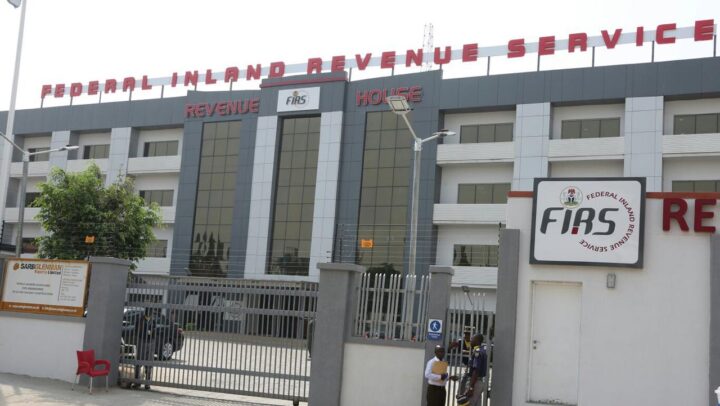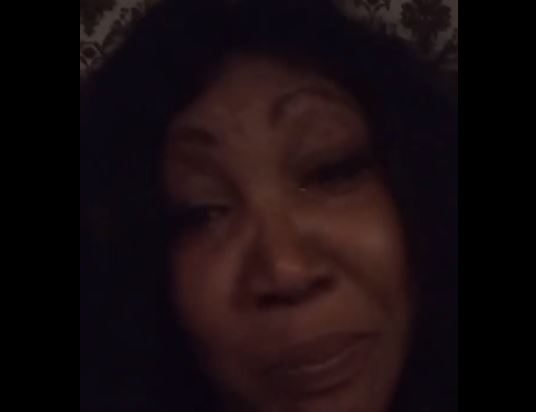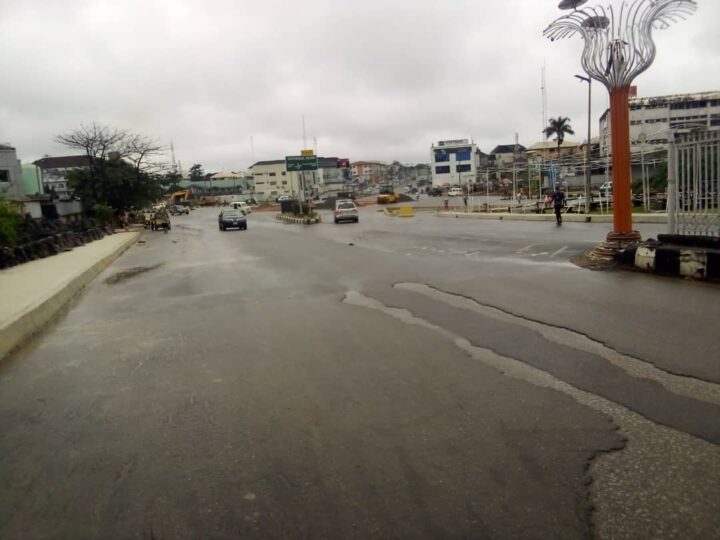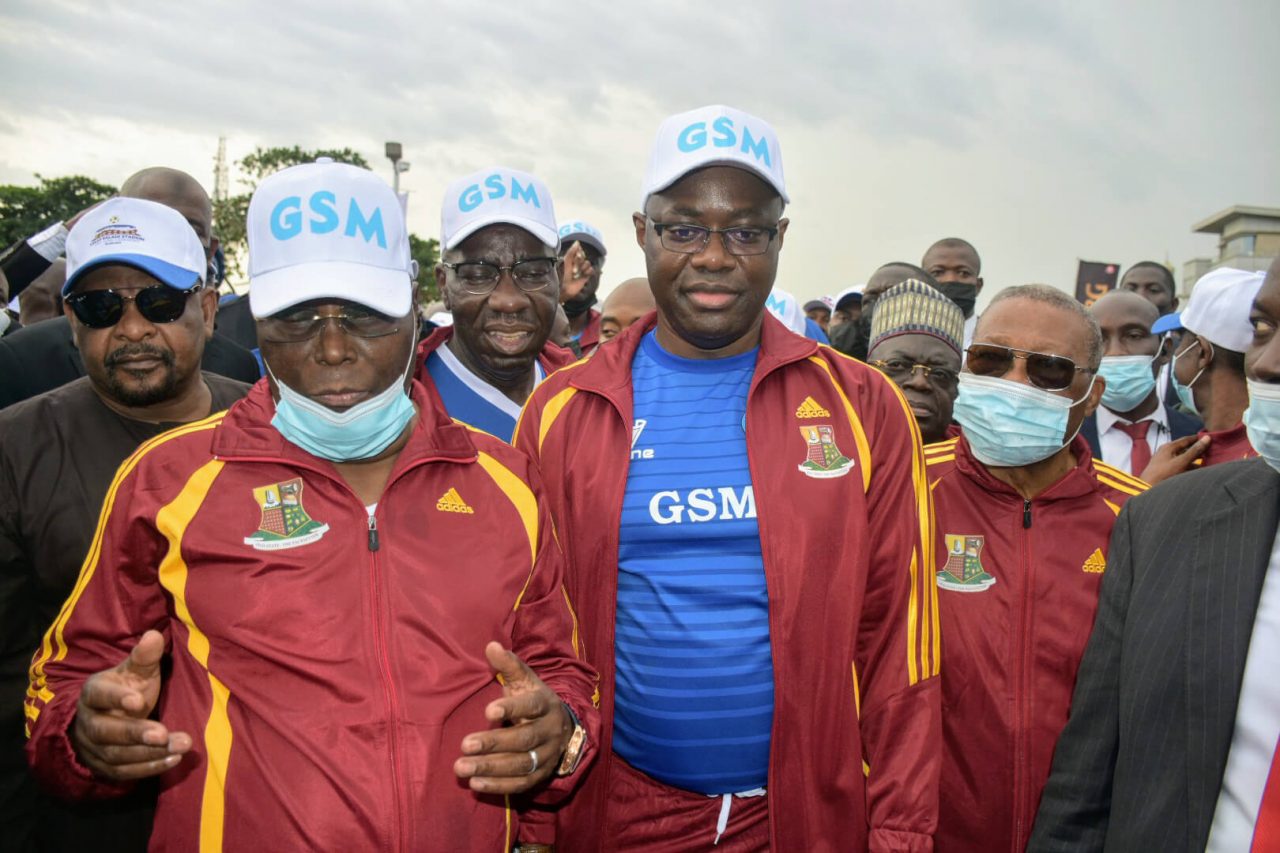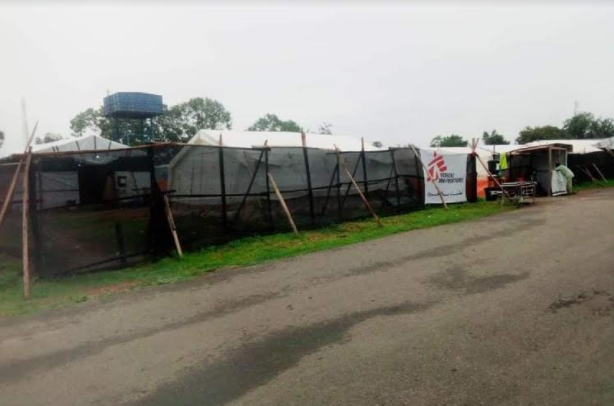The Federal Inland Revenue Service (FIRS) says the central collection of value-added tax (VAT) had prevented businesses from double taxation and hardship that could emerge through state collections.
Mathew Gbonjubola, the group lead, special tax operations at FIRS, made this known at a press briefing on Wednesday.
TheCable had reported moves by the revenue agency to demand the inclusion of VAT collection in the exclusive legislative list.
This development is coming amid legal battle over VAT collection between FIRS and some state governments.
Advertisement
Recently, a federal high court in Port Harcourt issued an order restraining the FIRS from collecting VAT and personal income tax (PIT) in Rivers state.
Although the federal tax authority appealed on stay of execution, the court dismissed it on the basis that it would “negate the principle of equity”.
Speaking at the media briefing, Gbonjubola said VAT is operated through an input-output method which may result in duplication of payments if in control of states.
Advertisement
He said the central collection of VAT had prevented businesses from the hardship that could emerge through state collections.
“VAT is practised on an input-output mechanism. That means, for a business, that is either importing or buying products, for instance, it would pay VAT at the port of entry or manufacturer. When that business pays VAT it is accounted for that business as an input tax,” he explained.
“So when that business begins to sell in any part of Nigeria and charges VAT to its customers, it is able to recoup the input tax paid either at the port, if it is an imported item, or paid to the manufacturer if it is an item bought locally.
“For instance, a business person who buys an item in Osun State, and pays VAT and takes the goods to Sokoto, to sell—remember that this person had paid VAT when purchasing the product in Osun State— and then in Sokoto state, it would charge VAT, by the operation of the input-output mechanism, this person would deduct the input tax charged in Osun State from the output tax charged in Sokoto State and remit the difference to the tax authority.
Advertisement
“In this case, because there is a single tax authority handling VAT, it is the same authority that will receive the VAT in Osun and Sokoto states.
“It is easy to work out the input-output mechanism, businesses won’t be short-changed; there is no issue of consumers having to pay VAT more than once.
“However, if this is operating at a sub-national level, it will mean that when businesses are paying VAT at the state level, the business would have to pay VAT twice in two different states.”
Gbonjubola further said the states and LGAs are the biggest beneficiaries of VAT.
Advertisement
The FIRS official provided a breakdown of how VAT is shared in the country.
He said the federal government receives 15 percent, states get 50 percent, while 35 percent goes to the LGAs.
Advertisement
“VAT is administered on behalf of the federation and not on behalf of the federal government,” he said.
“The revenue arising from VAT is shared among the three tiers of government based on the provisions of the VAT act such that 35% goes to the local governments, 50% goes to state governments, while 15% goes to the federal government.
Advertisement
“In actual effect, 85% of VAT collected go to states and local governments, while only 15% goes to the federal government. VAT revenue is not paid into the federation account at inception; it goes into a VAT pool account. It is only after the sharing and allocation that the portion that falls to the federal government goes to the relevant consolidated revenue account.”
Advertisement
Add a comment
